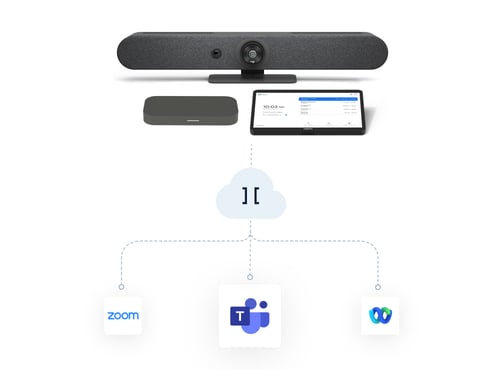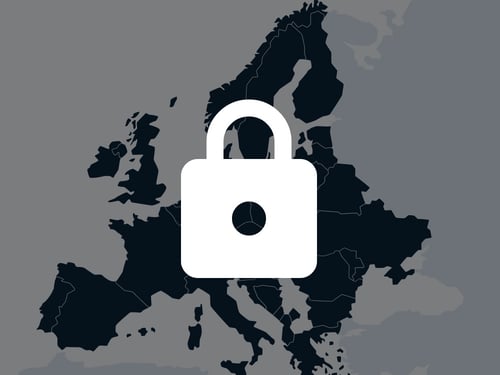Three hurdles must be overcome as video solutions rise in prevalence across the healthcare industry.
Dr. Centaine Snoswell’s passion for improving palliative care was palpable during her recent presentation at Australia's Successes and Failures in Telehealth 2022 (SFT-22) conference. She shared that 48 percent of residents in Queensland live in remote areas without access to specialist palliative care, depriving them of adequate physical, emotional, and practical support they need during a challenging time.
The true game-changer for these rural patients is the growing prevalence of video consultations, a form of telehealth that can give patients access to the care they need from their homes. It can also reduce the financial burden, as virtual care costs significantly less than an overnight stay in the hospital.
Telehealth, a term encompassing both telephone- and video-based caregiving, has been around for more than 30 years, but it’s only during the pandemic that we’ve experienced exponential growth.
A recent study published in the Journal of Telemedicine and Telecare investigated cancer care and management during the pandemic. The researchers compared in-person, video, and telephone consultations, weighing the perceptions of the patients and healthcare professionals and the quality of care.
The study found that video, compared to telephone, led to “greater clinician prescription, diagnostic and decision-making accuracy, and confidence in managing patients during critical consultations.” It comes down to seeing facial expressions and body language – a key part of human communication.
Video consultations ensure human connection in caregiving
While the telephone is suited for quick and easy conversations, such as scheduling, video is ideally suited to support doctor-patient relationships. It enables better understanding and greater empathy in communication and is an effective way to treat patients without forcing them to leave their homes.
However, the researchers noted that telephone conversations were sometimes “easier” due to poor internet quality and access to technology in rural parts of the country. But this hurdle essentially ties back to the video technology in use, and its capabilities and ease of use, regardless of device or network quality.
These hurdles are not to be ignored, as they will only rise in prevalence as healthcare providers worldwide turn to video solutions as part of their care regime. So, it’s time we start tackling them to ensure video consultations become a positive part of patient care.
Here’s a look at the top telehealth barriers we face and what we can do about them
1. Poor internet quality and lack of technology
Setting up and attending a video consultation should not come as a burden to the patient. This means that the healthcare provider must offer a solution enabling easy scheduling, preferably from within the health management system. It should not require any installation on the part of the patient and log-in into the meeting should be simple.
The technology behind Pexip can be easily integrated into any health management system and is ideally suited for low-bandwidth conditions. It’s different from other video tools in that the transcoding of the meeting is done on Pexip’s side, relieving the burden on the patient’s internet connection.
2. Patient confusion and uncertainty about connecting to the right meeting
The patient doesn't have to know the brand of the video technology provider when connecting to their appointment. It is far more critical that they see their healthcare provider's familiar name and logo and perhaps even be placed in a virtual ‘waiting room’ with relevant patient care videos on display before their session. This familiarity can reduce patient anxiety about being in the correct meeting, especially as they await the arrival of their doctor.
3. Security of sensitive patient data
One aspect that we need to talk more about is the growing amount of sensitive data that is exchanged within those video consultations. When protecting health data, we need more than just “good enough.” At Pexip, this is our top priority. We believe that data is best stored in the hands of the owner rather than in the cloud and out-of-country. We also believe that a zero-trust approach is essential, meaning that no one has open and unhindered access and that everyone requires authentication at every step.
Patients will continue to opt for video. It’s time to find the right solution.
These barriers to use are the things that we think about in Pexip every day. And it’s why we keep innovating solutions for this important sector, with the aim to improve the quality of care for patients, no matter where they are or what device they are using.
Discover Pexip’s solutions for improving virtual healthcare
- Healthcare
- Meet & collaborate securely
- Secure Meetings





